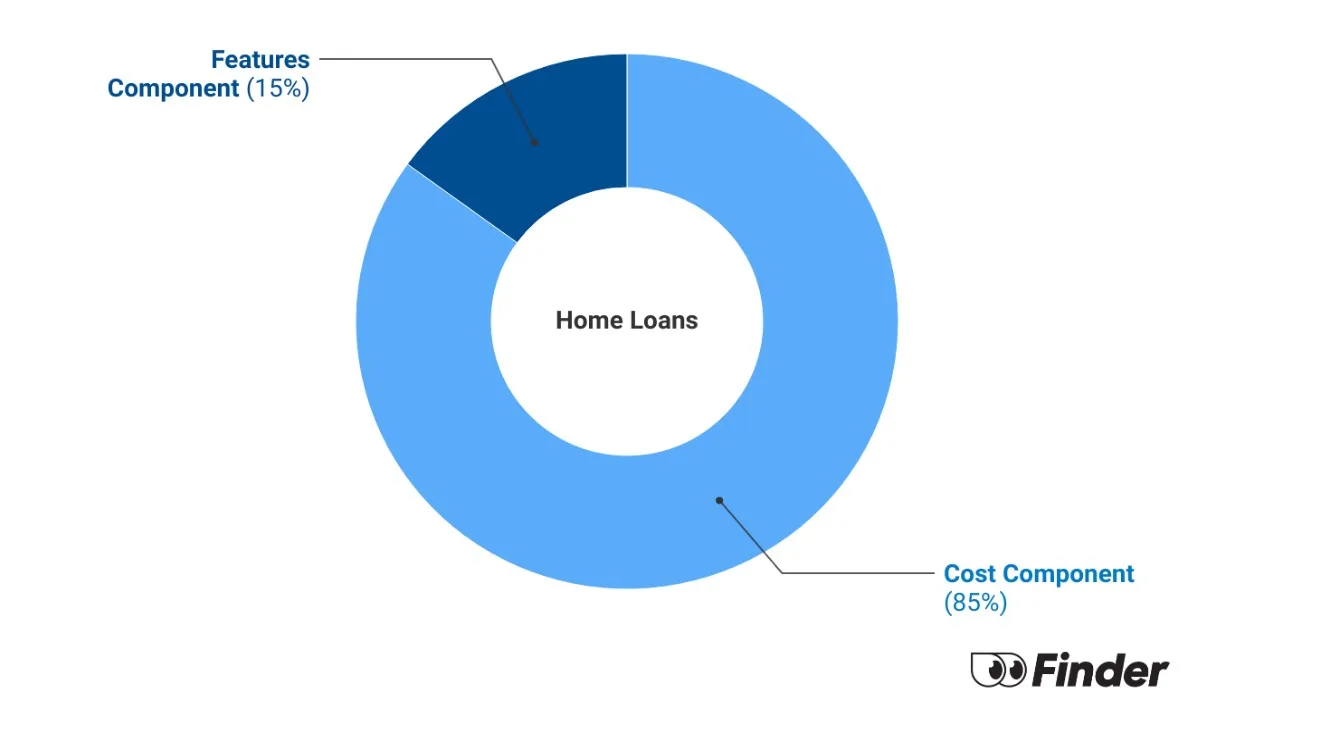Big bank steps into loans for pre-fab homes
Although lenders have typically shied away from pre-fab loans, Commonwealth Bank recently announced it would offer a solution specifically for them.
This is off the back of a discussion at the end of 2024 where banks committed to addressing the barriers of financing pre-fab homes.
CommBank has said it will soon enable borrowers to access progress payments up to 80% of the total contract price. Currently, borrowers can be expected to fork out up to 90% of the price to pay for the home.

